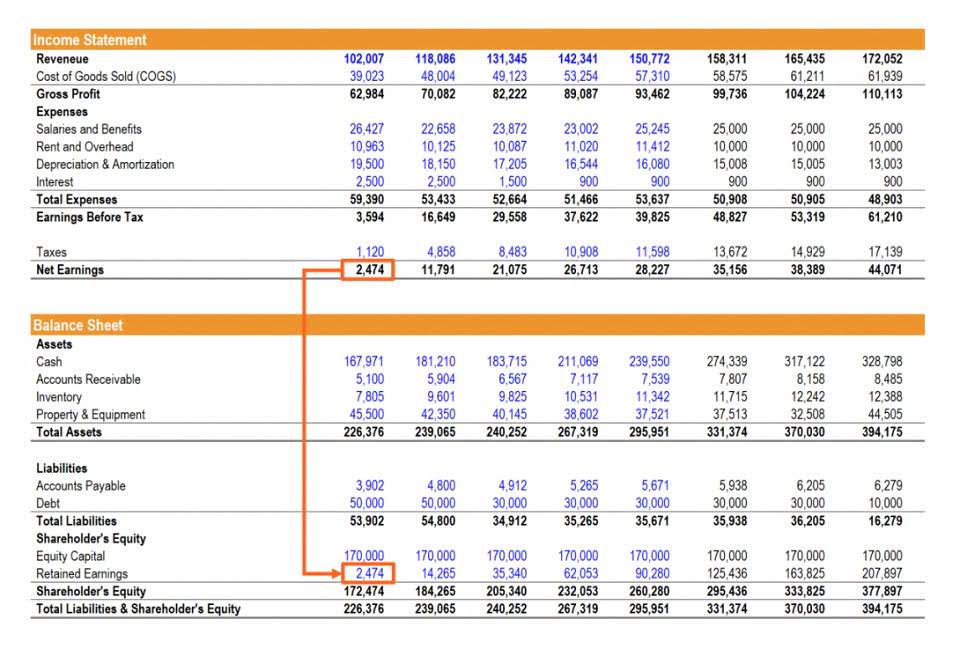
Businesses can track transactions and invoice requests in real-time by using accounts payable automation software. This enables finance teams to process payments faster without delays, ensuring that all liabilities are settled promptly. Improved payment processes contribute to better cash flow, vital for smooth business operations. An important aspect of an accounts payable audit is evaluating the internal controls in place to safeguard against fraud and errors.
- In this guide, we’ll explore the intricacies of AP audits, understand the various stages, the common challenges they present, and how automation solutions can help revolutionize the auditing process.
- Additionally, reconciliation between a sample of suppliers’ statements and payable accounts also ensure valuation.
- It also includes actionable recommendations to strengthen AP processes, reduce risks, and enhance accuracy and compliance.
- Even if there is a negative result, this should be taken as a learning experience on keeping tighter records and maintaining diligent fraud detection.
Completeness:

They may also ask you to disclose a management representation letter that confirms your financial statements accurately represent your AP transactions. For example, monthly reconciliation of supplier statements to relevant accounts payable audit payables is a primary internal control procedure that can help to ensure the completeness of accounts payable. Hence, it helps to reduce the risk of unrecorded liabilities either due to error or fraud.
- The accounts payable audit provides an accurate picture of a company’s financial condition.
- Conduct internal checks and reviews to identify and rectify compliance issues before the audit.
- The audit can be conducted internally (often as a preventive measure) or externally as part of a broader financial audit.
- The accounts payable ledger provides a detailed summary of all outstanding debts.
- Reconcile the suppliers’ invoices to the suppliers’ statement to ensure the amount is correct.
Making Sure All Debts Are Recorded

An AP audit checks a company’s bills and payments to make sure everything is correct. It looks at the records to confirm that what the company says it owes matches what it actually owes to people and other companies. The audit aims to find any mistakes, fraud, or areas where the company can what are retained earnings do better.
Your AP Process is Costing You—Here’s How to Fix It With Our Latest Whitepaper
After thoroughly reviewing the accounts payable records, auditors compile their findings into an accounts payable audit report. This report provides a detailed audit analysis, including discrepancies, compliance issues, and improvement areas. It also includes actionable recommendations to strengthen AP processes, reduce risks, and enhance accuracy and compliance.

Risks and Control Deficiencies in Relation to the Accounts Payable
- The AP audit process helps the business ensure its accounting for transactions with vendors is accurate, which is crucial for reliable financial reporting.
- Auditors check these to make sure the amounts match what’s recorded and that the documents are real and valid.
- Typically, management is involved in this meeting, along with significant stakeholders.
- Automation eliminates manual errors, ensures real-time updates, and simplifies payment tracking.
- This usually entails contacting third-party suppliers and vendors for specific transaction confirmations.
They will attempt to establish the legitimacy of a transaction by contacting suppliers and vendors for a confirmation request. The auditor will spend several days or weeks sifting through financial reporting. bookkeeping for cleaning business They typically use a “cut-off test” to determine whether a transaction was recorded correctly in the proper time period.

- In the United States, public companies are mandated to perform AP audits under the Sarbanes-Oxley Act, which is also known as SOX or Sarbox.
- A thorough accounts payable audit helps ensure financial accuracy, prevent fraud, and maintain compliance with regulations.
- Control risk of accounts payable is high if the company does not have effective control in place or the related personnel that operates the control procedures do not perform their work properly.
- When performing the completeness test, auditors will also randomly select vendor statements to see if they match with the vendor account.
- Delivery receipts act as proof that goods or services were delivered as agreed.
While the general ledger records the overall accounts payable amount, the accounts payable ledger offers detailed insights into invoices and receipts from individual vendors. Access to granular financial details allows organizations to make more informed decisions, such as effectively forecasting future expenses and planning budgets. For small businesses, owners often track payables themselves to gain a clear picture of their debts and manage vendor relationships.